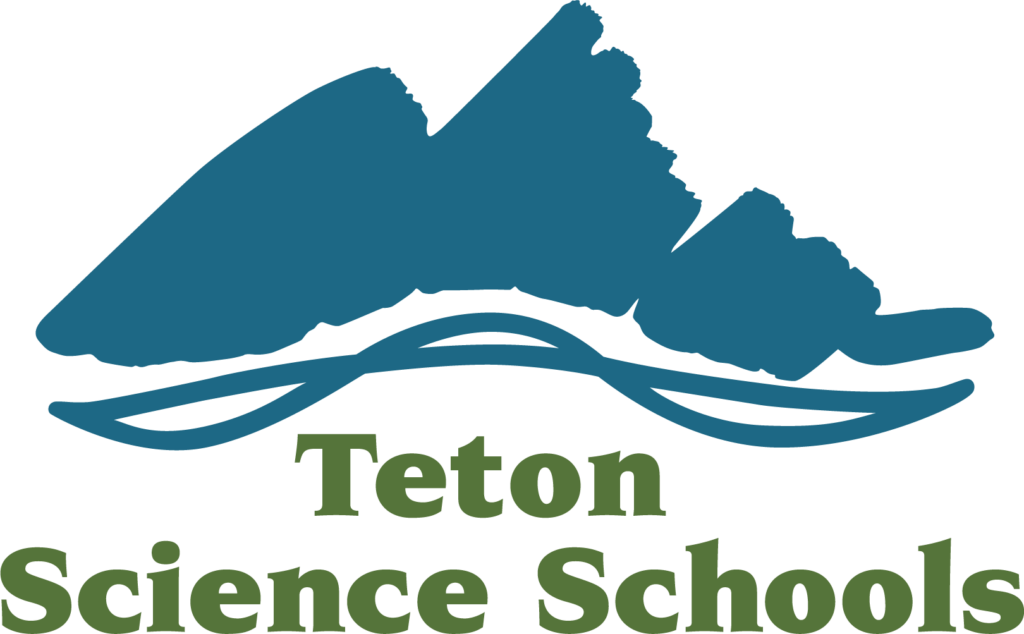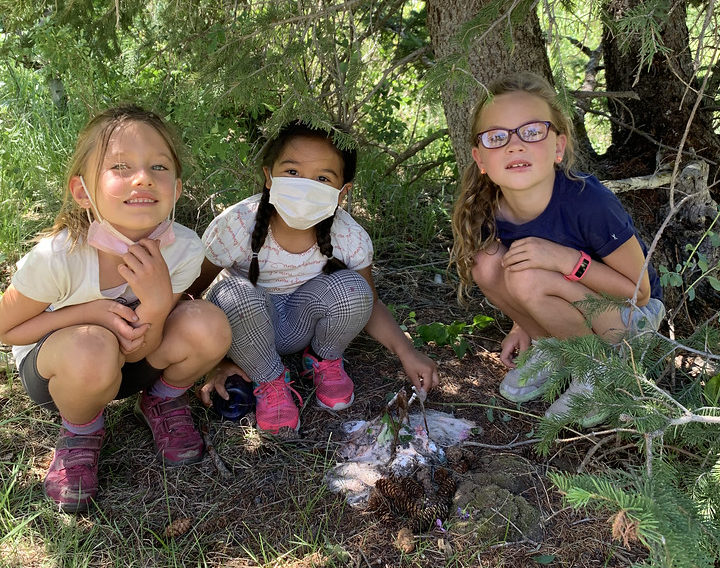What is culturally responsive teaching and why does it matter?
“Culture, it turns out, is the way that every brain makes sense of the world. That is why everyone, regardless of race or ethnicity, has a culture. Think of culture as software for the brain’s hardware. The brain uses cultural information to turn everyday happenings into meaningful events. If we want to help dependent learners do more higher-order thinking and problem solving, then we have to access their brain’s cognitive structures to deliver culturally responsive instruction.”
― Zaretta L. Hammond, in Culturally Responsive Teaching and The Brain

The outdoor/environmental education community has been taking a hard look at how to improve inclusivity in a field that has, for the most part, been largely white. One reason for this is that, particularly in educational systems and institutions where those in leadership roles are predominantly white, it can be easy to overlook the implicit affirmation of whiteness as the standard and norm, which undermines equity and inclusion in the classroom. Teton Science Schools, as a leader in place-based education, straddles multiple educational categories (more on that here), but we find ourselves facing those same challenges. One part of the solution? Valuing and practicing culturally responsive teaching – and seeing outcomes improve for teachers and students alike.
Culturally responsive teaching (also known as culturally relevant pedagogy) uses intentional teaching practices to engage learners whose experiences and backgrounds dwell outside the lines of dominant culture. This approach has been part of education’s lexicon since the early 1990s when educational researcher Gloria Ladson Billings popularized the term. The guiding principles she proposed are as follows:
- Academic success is a priority.
- The experience of learning needs to help students stay grounded in and build positive associations with their ethnic and cultural identities.
- Students deserve to be equipped and encouraged to consider and critique societal inequalities.
The teacher does not need to become an expert in the food, language, and customs of twelve different cultures overnight. Instead, their role is to notice and affirm the diversity of knowledge and perspectives that students bring to the classroom and then support those cultural ways of learning through responsive teaching strategies.

Who benefits from culturally responsive teaching?
The short answer? Everyone. This is why Ladson-Billings titled her groundbreaking text on culturally relevant pedagogy: “But That’s Just Good Teaching!” The reality, however, is that many students, and students of color in particular, have suffered from the lack of good teaching in this regard. Particularly in educational systems and institutions where those in leadership roles are predominantly white, it can be easy to overlook the implicit affirmation of whiteness as the standard and norm, which undermines equity and inclusion in the classroom. Research has long shown that all learners do a better job of processing new information when it is linked to something they already know. This makes it easier to understand why reliance on a single culture’s knowledge bank in the classroom inevitably leaves part of the room behind.
Wondering what culturally responsive teaching looks like in practice?
Here are a few examples:
- The teacher asks students about their preferred learning styles and adapts their teaching methods accordingly.
- Community members serve as guest speakers to broaden representation and perspectives.
- Learning stations allow a teacher to deliver content in a variety of ways that will connect with a wider range of learners.
- Students contribute ideas for projects and curriculum, and the teacher works hard to honor those requests.
- Books, films, and other media are selected that depict a range of cultures and do so in a positive light.

Place-Based Education (PBE) and culturally responsive teaching at TSS
Principles inherent to PBE — like connecting classrooms and communities and student-centered learning — naturally align with culturally responsive teaching and learning. Long-standing pedagogical traditions at TSS ensure a wide variety of teaching strategies and learning habits that create vibrant partnerships between students and teachers. If you were to drop in on a day of summer camp or a morning of classroom instruction, you’d observe students taking an active role in what they’re learning and educators building an intentional culture that creates a safe learning space. That does not mean, however, that we don’t have work to do. At TSS, sharing and growing from feedback and valuing innovation is part of our DNA. We are actively exploring ways to build our own cultural competence and reassess our learning systems in service of transformative place-based education that reflects the image and heritage of every participant.


